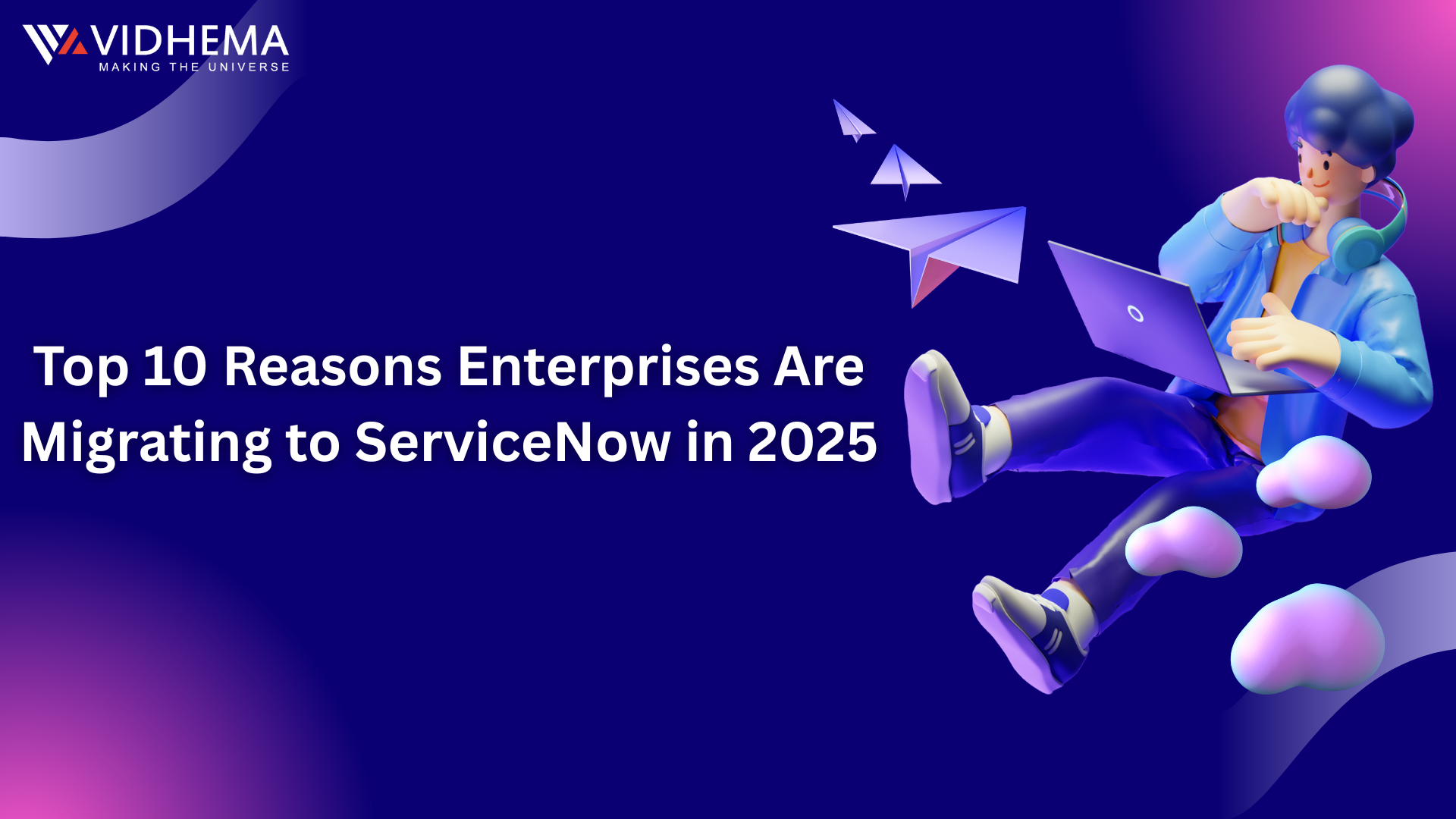Implementing Salesforce is more than deploying tools—it’s about transforming how your business operates. With over 88% of Fortune 100 companies using Salesforce, its power lies in strategic planning and execution. To help you avoid pitfalls and maximize benefits, here’s a comprehensive and positive roadmap combining best practices from across the industry.
Salesforce is a strategic investment that can significantly improve how businesses manage customer relationships, streamline operations, and drive revenue growth. However, a successful implementation requires careful planning, alignment across teams, and a clear roadmap. This checklist is designed to help businesses navigate the process efficiently and avoid common pitfalls.
✅ 1. Define Clear Business Objectives & KPIs 🌟
Why it matters: Clarity sets direction and ensures all efforts are aligned.
When starting a Salesforce implementation, it's essential to know what you want to achieve. Without clear business goals and key performance indicators (KPIs), the project may lose focus.
- Identify core goals: faster lead-to-sale, improved customer case resolution, or reduced manual effort
- Set specific and measurable KPIs
- Engage cross-functional leaders early to secure alignment and approval
✅ 2. Assemble Your Dream Implementation Team 🧠
Why it matters: A well-rounded team is key to smooth execution.
The right team ensures the project runs efficiently, meets deadlines, and addresses real user needs.
- Core roles: Executive Sponsor, Project Manager, Salesforce Admin, Data Specialist, Developer, and Training Lead
- Involve end-users early to prevent adoption issues
- Decide upfront whether to proceed in-house, partner-up, or take a hybrid model
✅ 3. Choose the Right Products & Customizations
Why it matters: Tailored tools drive adoption and ROI.
Salesforce is vast, and selecting only what you need will help your business succeed without overwhelming users.
- Pick from Sales Cloud, Service Cloud, Marketing Cloud/Pardot, Experience Cloud as per needs
- Only customize when valuable—over-customization can cause complexity and cost overruns
- Leverage out-of-the-box features like Community Cloud and Customer 360
✅ 4. Clean, Migrate & Validate Data
Why it matters: Inaccurate data leads to broken processes and poor adoption.
Before moving to Salesforce, ensure your data is high-quality, organized, and correctly mapped.
- Conduct data audits to remove duplicates and clean up records
- Map your legacy data schema to Salesforce carefully
- Perform test migrations in sandbox environments, then validate thoroughly
✅ 5. Integrate with Other Business Systems
Why it matters: Seamless integrations improve workflow efficiency.
Connecting Salesforce to your other tools ensures data flows smoothly and teams can collaborate better.
- Plan integrations with ERP, email platforms, billing systems via API or middleware
- Salesforce’s cloud ecosystem allows smooth interoperability across Sales, Service, Commerce and OMS
- Rigorously test all integrations before deployment to avoid surprises
✅ 6. Secure Roles, Profiles & Permissions
Why it matters: Strong governance builds trust and reduces risk.
Security is a priority, especially with sensitive customer data and different levels of user access.
- Use roles and profiles customized by function
- Apply field-level and record-level security
- Use permission sets for flexible access needs
✅ 7. Conduct Thorough Testing & Enable UAT
Why it matters: Validating with real users reduces post-launch issues.
Testing isn’t just technical—it ensures your platform truly supports your business processes.
- Run tests in sandbox environments
- Host demos and gather feedback before deployment
- Structured testing and feedback loops ensure alignment with business needs
✅ 8. Train Early & Manage Change Intentionally
Why it matters: User buy-in = early adoption.
Adoption is key to success. Training ensures confidence and helps manage transitions.
- Roll out role-based training and hands-on workshops
- Encourage trainers who become internal champions
- Maintain open communication and celebrate quick wins to build momentum
- Without training or preparation, teams may resist or misapply the system
✅ 9. Go-Live & Provide Post-Launch Support
Why it matters: Launch is just the start of optimization.
You need to monitor the launch and provide immediate support to prevent frustration.
- Deploy during low-impact windows
- Validate system and business flow post-deployment
- Enable ready support from internal teams or consulting partners
- Ongoing support structures manage updates and emerging needs
✅ 10. Hold Regular Reviews & Future-Proof
Why it matters: Continuous improvement ensures long-term success.
Salesforce evolves, and so should your usage of it. Regular reviews help you stay ahead.
- Monitor usage, adoption, and KPI progress via dashboards and SLA metrics
- Strip unused customizations, archive stale workflows
- Plan for regular enhancements in line with Salesforce releases and business evolution
🏆 Why This Checklist Works
Real-world alignment: Covers critical areas every Salesforce project must address
Balanced approach: Mixes strategic planning with tactical execution and positive reminders
Scalable & secure: Designed for growth, governance, and ongoing transformation
🛠️ Bonus Tips
Keep customization lean—prioritize features that deliver real value
Engage users early and often—resistance often stems from insufficient involvement
Choose a consulting partner if internal bandwidth is limited—expertise accelerates progress while minimizing risks
📌 Final Takeaway
Salesforce stands out as a top CRM not just for its features, but because it supports thoughtful implementation and scalability. With this enhanced checklist, you’re equipped to align stakeholders, empower users, and stay ahead of growth.
📖 How Vidhema Can Help
At Vidhema Technologies, we have helped numerous businesses evolve through successful Salesforce implementations. Our skilled and experienced Salesforce developers bring deep domain expertise, technical know-how, and a customer-centric approach to every project.
Whether you're just beginning your Salesforce journey or scaling existing operations, Vidhema ensures:
- Tailored implementation strategies
- Smooth integrations and data migrations
- Robust customizations that serve your exact needs
- Ongoing support and future-proof planning
Partner with Vidhema and transform the way your business connects, operates, and grows with Salesforce.
Frequently Asked Questions
A lot of people don't appreciate the moment until it’s passed. I'm not trying my hardest, and I'm not trying to do
A checklist helps ensure every critical step of the implementation process is covered—from planning and setup to training and support. It reduces errors and improves overall success.
The timeline depends on your business size and complexity. Small implementations can take 4–8 weeks, while larger, customized setups may take several months.

.png?alt=media&token=21317436-4d9f-46f4-a8ba-f0b85433df3f)

